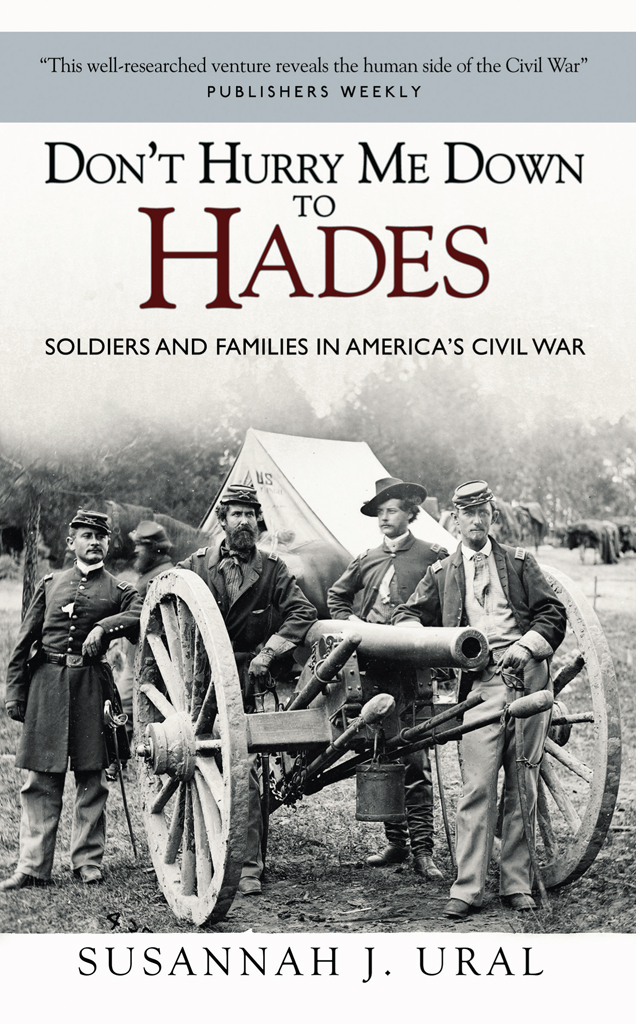
Don't Hurry Me Down to Hades PDF
Preview Don't Hurry Me Down to Hades
Don’t Hurry Me Down to Hades is the story of families enduring the whirlwind of the Civil War, told through the words of famous and ordinary citizens and ranging from the battlefield to the home front, from presidential councils to frontier revivals. The book reveals how Americans on both sides of the Mason and Dixon line withstood four years of brutal, unrelenting conflict. Of the hundreds of thousands of books published on the American Civil War, this is one of the few to approach the nation’s defining conflict from this powerful perspective.
Grounded in rare family letters and diaries, Don’t Hurry Me Down to Hades captures Americans’ wide-ranging reactions to the war and their astonishing perseverance. Some of the accounts are entirely unknown to readers, while better-known events are told from unusual perspectives. Abraham Lincoln’s assassination, for example, is shared from the viewpoint of Major Henry Rathbone and his fiancée (and stepsister) Clara Harris, while Lewis Powell’s attempt on Secretary of State William Seward’s life is seen through the terrified eyes Fanny Seward, who was seated next to her father when Powell burst into the room. Madison and Lizzie Bowler help readers understand how the war brought a Minnesota couple together in marriage and then nearly drove them apart when Madison insisted that his first duty was to his nation while Lizzie believed it was to her and their newborn daughter. A thousand miles to the south, two Texas families also suffered through their soldiers’ absence and tried to explain to their young children why father had “gone to war” with “Santaclause.” And to the north in Kentucky, a runaway slave won freedom for himself and his family by joining the Union Army only to face prejudice as brutal and destructive as the life he’d left behind.
Readers are carried alongside these families, sharing their dreams that the fighting might end this year and suffering with them when the Reaper comes calling. Through these and other stories, Don’t Hurry Me Down to Hades invites readers to set aside previous assumptions to learn about the divisions and range of opinions on both sides from ordinary and famous men and women, black and white, slave and free. Esteemed Civil War historian Susannah J. Ural brings fresh insight into the war by delving into historical archives and private family papers to peal back the passage of time. Her consummate narrative weaves together a textured, powerful portrait of a nation at war with itself.
